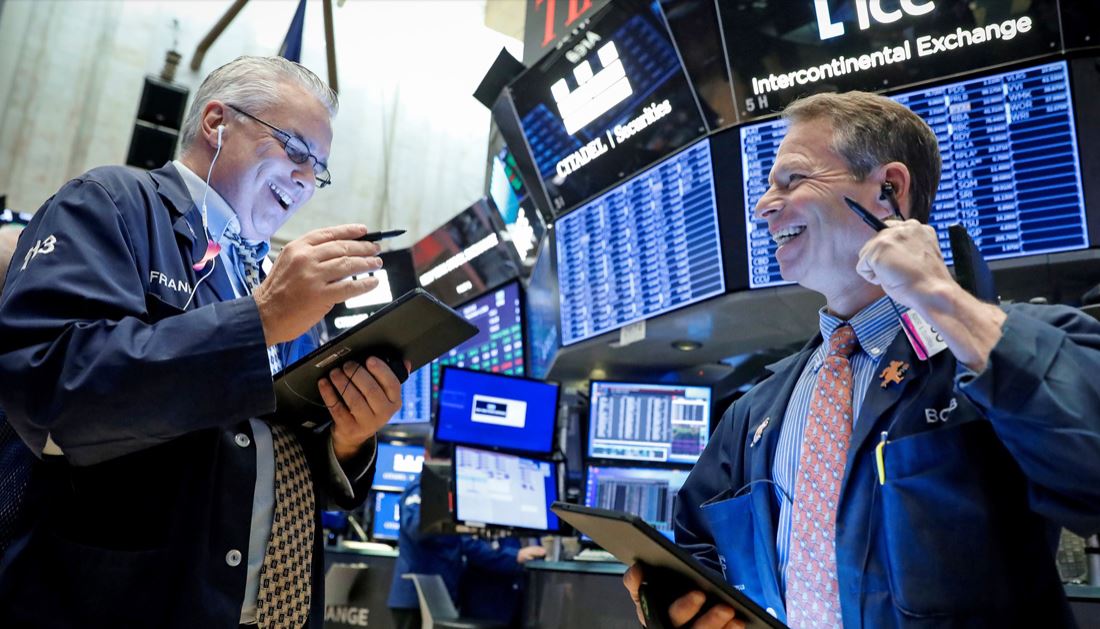The TACO trade is the new Trump trade. Here’s what to know about the meme ruling the stock market.
- A new acronym is making its rounds on Wall Street: TACO
- “Trump Always Chickens Out” refers to markets betting on Trump walking back tariff proposals.
- Trump called the TACO moniker “nasty” when asked about it on Wednesday.
With TACO, investors have a new guiding principle.
“Buy the Trump tariff dip. Essentially, Trump has proven to investors that he won’t actually follow through with draconian tariffs,” Tom Essaye of the Sevens Report wrote on Wednesday. “As such, any sell-off following a dramatic tariff threat should be bought.”
Retail investors have adopted the strategy, with dip-buying at historic levels recently. But how long the TACO trade will remain effective depends on what happens after the tariff delays unwind over the summer.
Click here to view the full article in MSN.com from May 29, 2025.
Get access to the full Sevens Report issue on this topic—plus two weeks of free, no-obligation market insights built for advisors. 📩 Start your trial here: click here.
Advisors at top firms like Morgan Stanley, Merrill, Wells Fargo, and Raymond James already subscribe. Ready to see why?
👉 Start your quarterly subscription here: click here.

